This blog post is part 2 of our “How Do I Integrate My App Into My Marketing Ecosystem?” series. Read part 1 here.
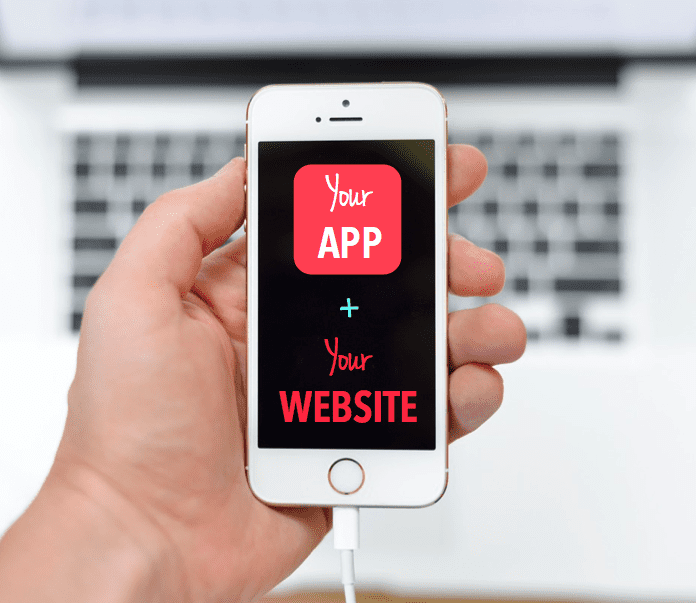 In a world where websites are becoming more app-like and apps are becoming more powerful, is it possible for these two digital channels to coexist? Or, is one doomed to cannibalize the other?
In a world where websites are becoming more app-like and apps are becoming more powerful, is it possible for these two digital channels to coexist? Or, is one doomed to cannibalize the other?
The answer comes down to consumer behavior. People peruse websites, but they use apps.
Websites are browsed passively, while apps are used actively. Websites provide information, while apps help accomplish a task. Websites may have a larger audience, but apps have a more engaged audience.
You get the gist: websites are different from apps in their purpose and performance.
That’s why these two marketing channels shouldn’t compete for your customers’ attention, they should complement each other. Let’s talk about the right way to integrate your app with your web presence.
Tip #1: Redirect mobile website traffic to your app
Even if you have a responsive website, direct people who visit your site on their smartphone or tablet to your app. Why? Because mobile apps are more robust, efficient, and usually better designed than the mobile web. Think of your mobile website as a gateway to your app – it’s funneling people to the best experience your brand can provide on that medium.
For example, Amazon’s mobile website allows consumers to search, find, and add items to their shopping cart. But, this same experience is smoother in Amazon’s app, which also includes additional functionality like a “Buy Now” button.
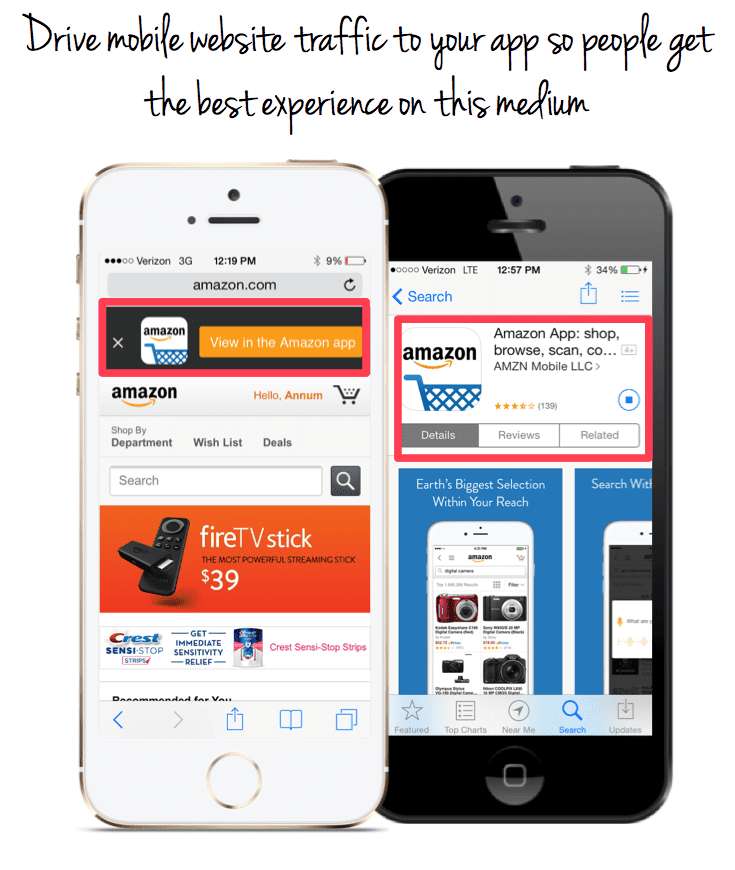
Tip #2: Reproduce your website’s most beloved features
People who download a company’s app generally expect it to retain the core functionality and purpose as that company’s website, albeit with a more mobile-friendly user interface. Don’t blindside your consumers with an app feels unrelated to your web presence. Instead, bring your site’s most used and most loved features to the mobile sphere.
Take a look at how Amazon built its robust product search and account management features into its app.
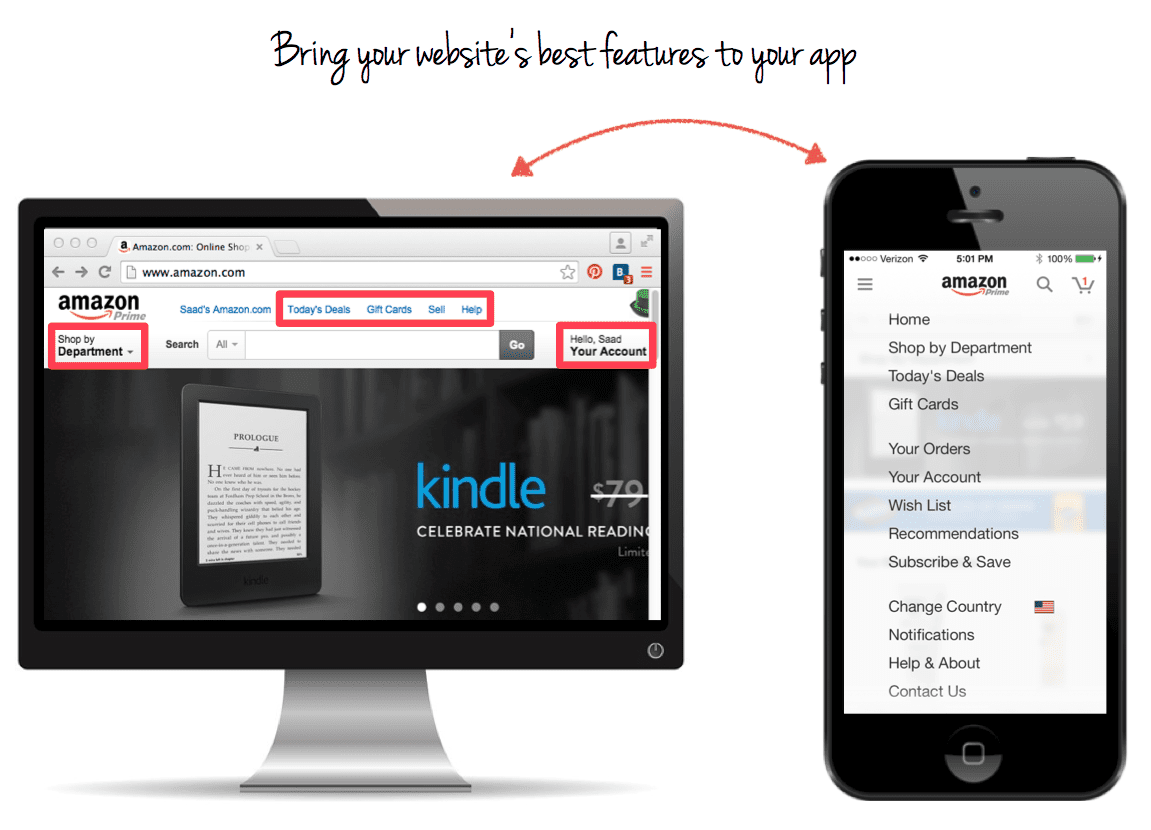
Tip #3: Be innovative and add some app-specific functionality
To be clear, the above tip does not mean that your app should simply replicate your web experience. Yes, your app should include your website’s best features, but it should also enhance them in some way using mobile’s unique capabilities.
For example, Amazon augmented its mobile search functionality by leveraging smartphone cameras so its app users can find items by scanning them!
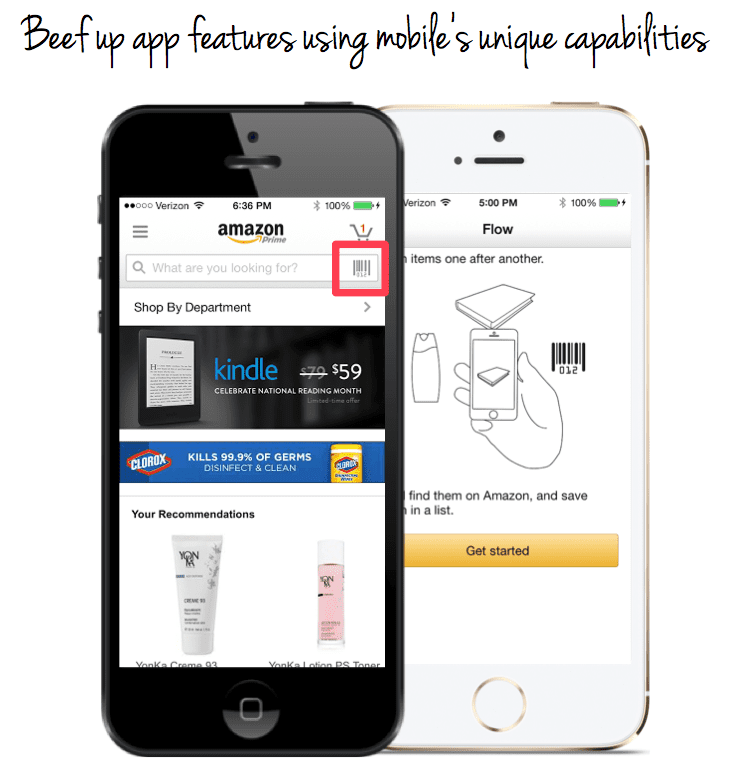
Tip #4: Create a seamless experience (and linked conversion funnels!) for people who go from your website to your app
Continuity between devices is becoming increasingly important. Companies need to provide customers with a consistent brand experience as they move from their laptops to their smartphones. In other words, people should be able to open your app and pick up where they left off on your website. So, make sure your app pulls in user information and behavior from your website to create a seamless transition. By the way, one way to feed this data into your app is through profiles!
Returning to the Amazon example, notice how you can add an item to your cart on the ecommerce giant’s website, and then open Amazon’s app to continue the check out process on your mobile device.
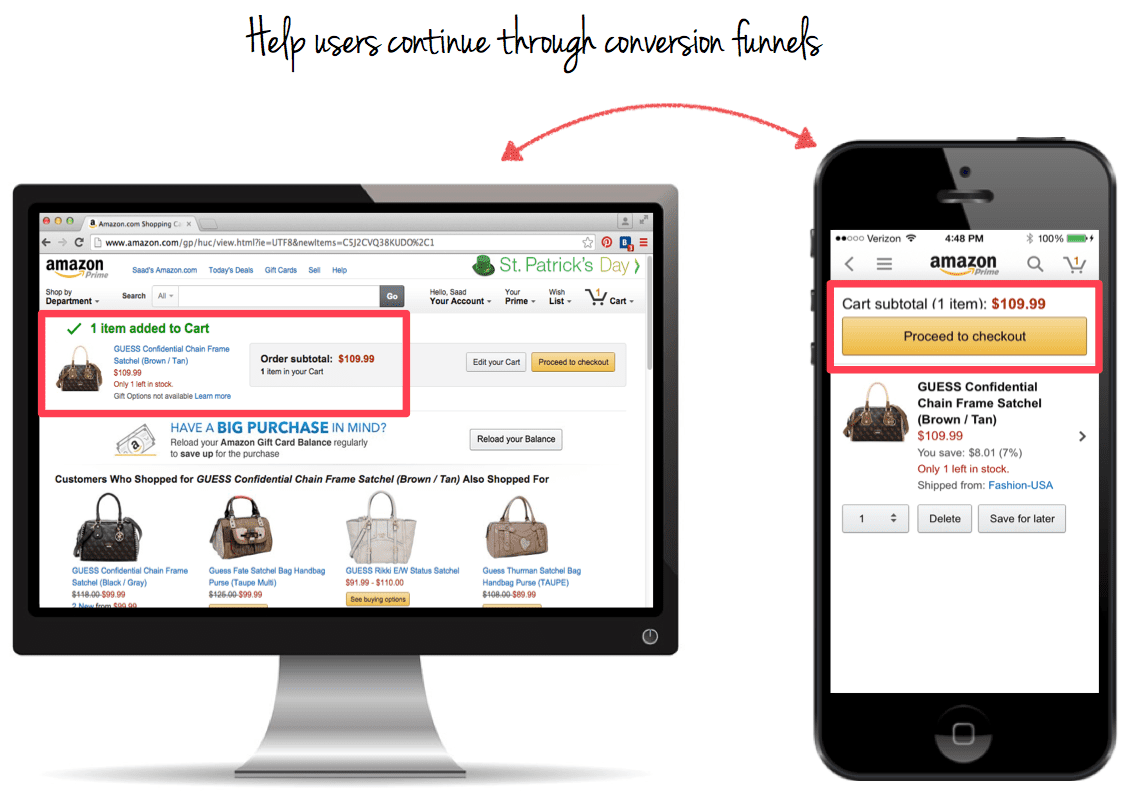
Big Takeaway: Websites and apps can lean on each other to be more effective
Don’t think about your app as a mobile version of your website. Let each marketing channel do what it does best, and lean on the other to fill in the gaps. Websites are great at providing information, while apps are powerful vehicles of engagement.
Guide people to the best experience you can deliver on each medium (appified websites on laptops, and native apps on smartphones and tablets). Move people from your website to your app when they’ve understood your brand message and are ready to convert into customers.

